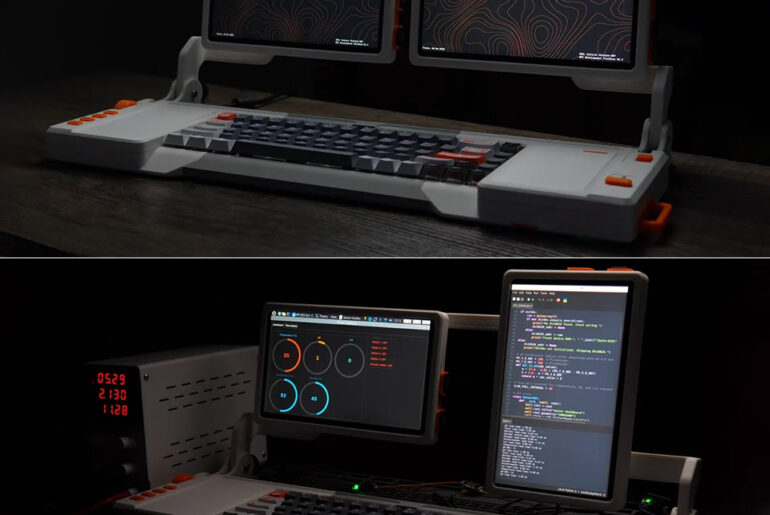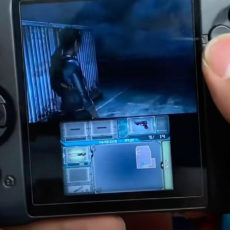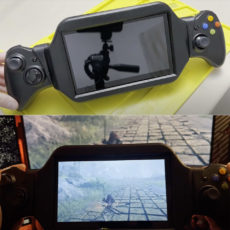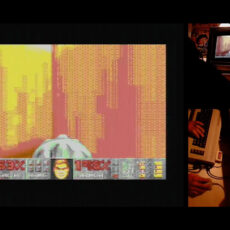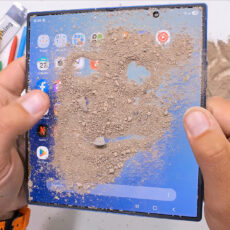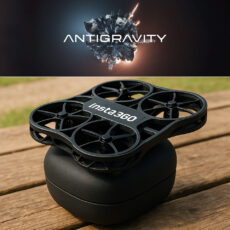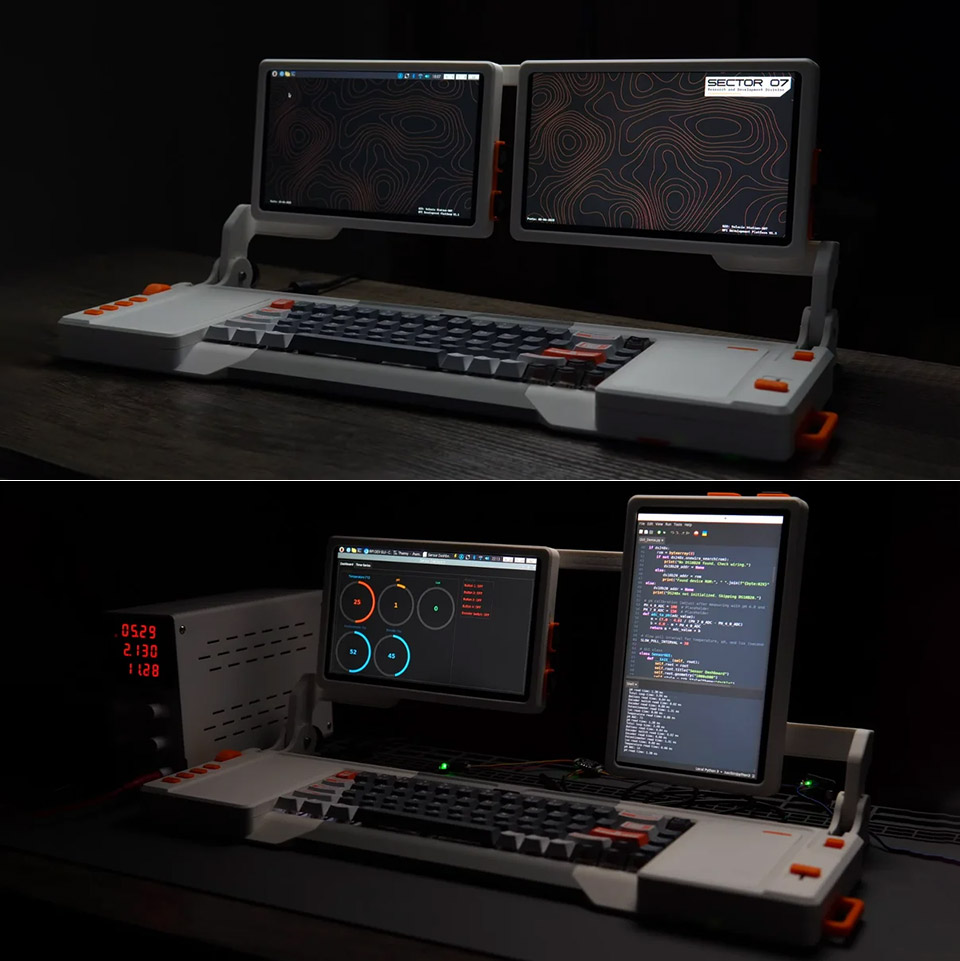
Sector 07’s RPI DEV, a dual-screen cyberdeck built around a Raspberry Pi 5, brings a new kind of portability. A retro-futuristic aesthetic meets practicality for coders, modders and creators who want a compact platform for development and experimentation.
The RPI DEV’s goal is to deliver a customizable, portable Raspberry Pi based computer with a sci-fi twist, inspired by projects like the Cyberdore 2064. Form and function are balanced with two 9” touchscreens that rotate between portrait and landscape, a 3D printed snap-fit enclosure and programmable inputs, making it a showstopper and a tool.
Lenovo Legion Go S - 2025 - Mobile Gaming Console - AMD Radeon graphics - 8" PureSight IPS Display -...
- ALL GAMES, ALL PLACES, ALL YOURS – Get ready to game on the 8" 120Hz Lenovo PureSight display and launch any title using Legion Space. The AMD Ryzen...
- SEE EVERY DETAIL – Make every scene pop with 500 nits of stunning brightness and 100% sRGB color accuracy. And with 10-point touch support, your...
- PLAY YOUR WAY – Play hundreds of high-quality PC games with your complimentary 3 months of PC Game Pass and EA Play. With new games added all the...
The enclosure design required a lot of iteration, using 3D modeling to get a perfect fit. The snap-fit mechanism is tool-free, perfect for hobbyists, with precise tolerances achieved through multiple test prints. The final enclosure has angular lines and bright filament and looks like a retro-futuristic dream. Open source .stl files on GitHub so you can replicate or modify the design.
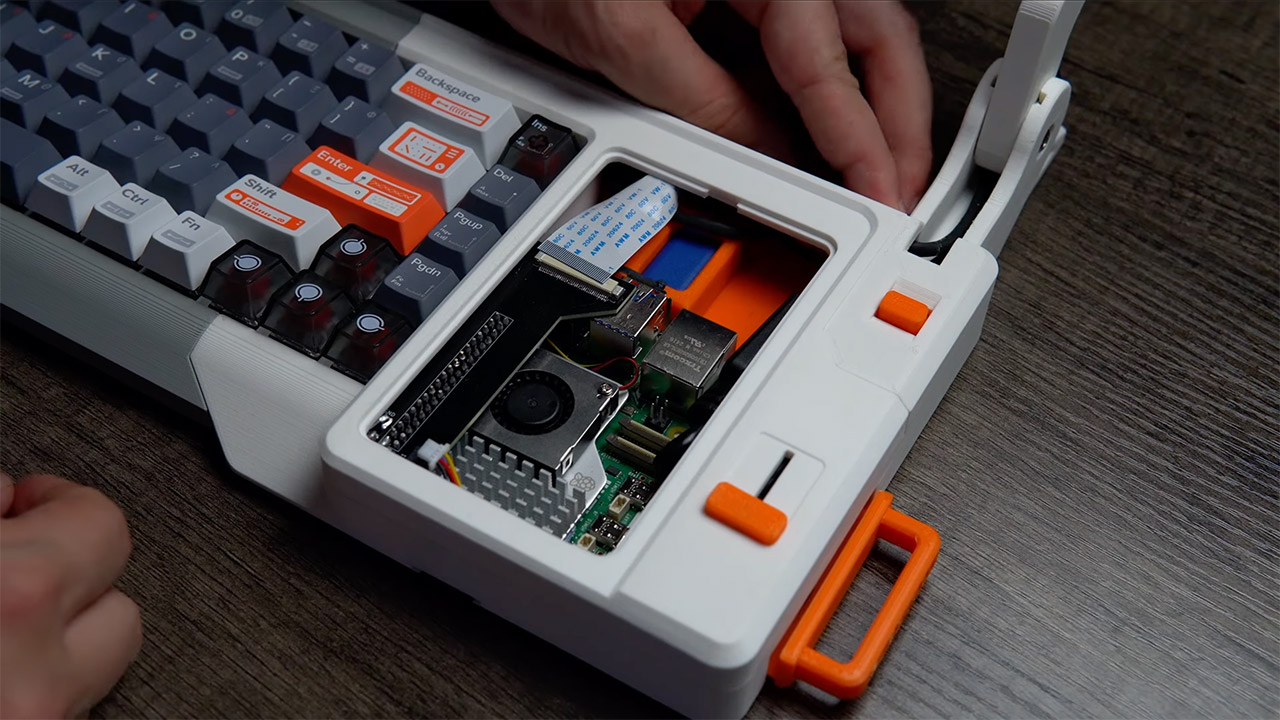
The electronics are centered around three KiCad designed circuit boards that connect the Raspberry Pi’s GPIO pins to various inputs and outputs. A main board manages power and four programmable buttons, another handles I2C sensor signals and a third exposes the 40 pin GPIO for shields. A 6A capable power circuit with an N-channel MOSFET powers the dual displays, a USB hub and power injector tackles power delivery. PCBWay’s high quality boards required precise soldering to overcome tiny pads and shorts.

Assembly was a challenge, a first power on failed due to a swapped resistor and a shorted connector as shown in Sector 07’s YouTube video. After fixes the cyberdeck powered up, the rotating hinges allow for compact folding and quick eject handles make Pi swaps easy. Despite a tight Pi fit the design allows for prototyping flexibility.
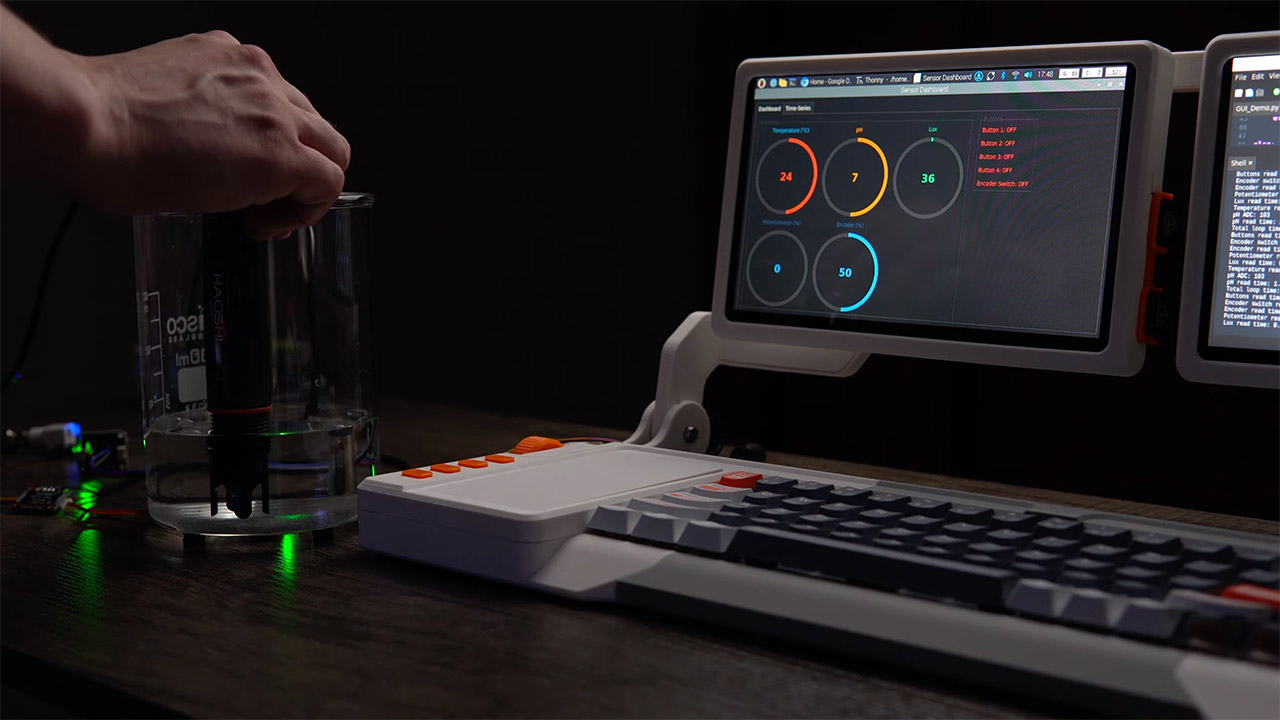
The RPI DEV is very functional, two touchscreens allow for coding and reference viewing at the same time. A linear slider, rotary encoder and programmable buttons are versatile controls, GPIO, I2C and USB ports for experimentation. A demo with I2C sensors monitoring light, temperature and pH showed its potential for field research, displayed on a custom GUI.
Sector 07’s open source approach, sharing .step files and schematics on GitHub, encourages customization but the $50–60 per display and component cost makes it a premium build. Documentation and Pi fitment need work but that’s what you get with a v1 project.
The RPI DEV is a fusion of creativity and functionality, a platform to code and prototype in a cyberpunk package. Open source files to adapt and Sector 07 being transparent about the challenges makes makers want to tackle big projects, setting the stage for future awesomeness.

